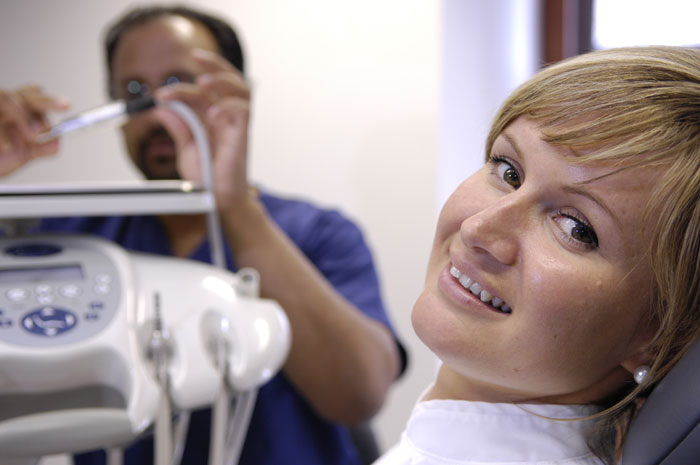Brace Yourself - Orthodontic Braces and How to Pay For Them

Orthodontic braces or just braces, when combined with other othodontic treatments, can rectify several dental problems, widening not only the particular jaws but the palate. Orthodontic braces can be used to repair under or higher bites, cross or wide open bites, and almost any strength or cosmetic dental defects. The sooner the braces can be put to be effective, the more effective they will be, thus parents should pay close attention to the emergences of their children's teeth as well as address any problems as soon as possible.
Traditional orthodontic Braces are steel brackets bonded to the person's teeth, with "arch" wiring threaded through them to be tracks which gently drive or pull each tooth directly into proper alignment. Consumers is now able to choose among a wide selection of orthodontic treatment, however , with the metal braces currently being joined by both ceramic oral braces which blend in with the normal teeth, and transparent "invisible" plastic braces. Anyone staying evaluated for orthodontic braces can first meet the orthodontist to get a consultation, during which the doctor will probably examine the patient's smile and decide whether standard braces or some other treatment could be most effective. If the patient qualifies for braces, the orthodontist is likely to make impressions of his or her pearly whites; take X-rays of the mandible (jaw) joint, teeth, and also head; and do detailed proportions of the mouth and your teeth.
Unless you have a dental insurance coverage which you know covers the expense of braces, you should talk to your insurance broker because the last thing you need will be taken by surprised once your claim is denied and also you are on the hook intended for thousands of dollars' worth regarding orthodontic work. But also those dental insurance policies which usually cover braces may have twelve-monthly spending caps which can furthermore leave you with significant expenditures.
One way to reduce the price of these braces before you even choose your first visit to the orthodontist is always to enroll your family in a discounted dental plan. Discount tooth plans were devised by simply dental professionals to help people manage the rising costs of normal dental care. Joining a discount dental care plan which has orthodontists inside network will entitle one to immediate, deductible and wasting cap-free orthodontic treatment at substantially reduced (50% or more) rates, provided that you purchase the services of the orthodontist at the time you have them.
Somewhat surprisingly, several scholars and historians time braces to ancient record. As early as 400 BC could have used primitive brace buildings to straighten teeth and correct oral conditions. Yet, as a industry, orthodontics didn't really learn to take shape until the overdue 17th century, when tooth-pulling was a common practice to get improving tooth alignment. From the early to mid nineteenth century, pioneers in the orthodontic industry began using wires along with elastics to gradually increase and straighten teeth. As you can plainly see, there is a long story associated with the field of orthodontic treatment, and specifically the development of orthodontic braces.
Simply put, braces work by means of slowly and gradually applying pressure so that you can move teeth in the chin. Traditional they utilize conference installed on each tooth, an arch wire that will connects each of these brackets, in addition to elastics that allow the mid-foot ( arch ) wire to put pressure around the brackets and teeth. The pressure braces put on the teeth allows them to move as time passes into their correct positions. Within the early days of orthodontics there was few options for braces, nowadays there are a variety of typesf, the effect of advances in dental technological innovation.